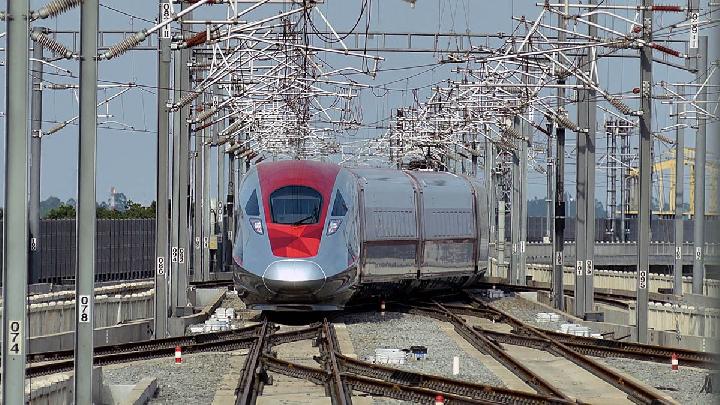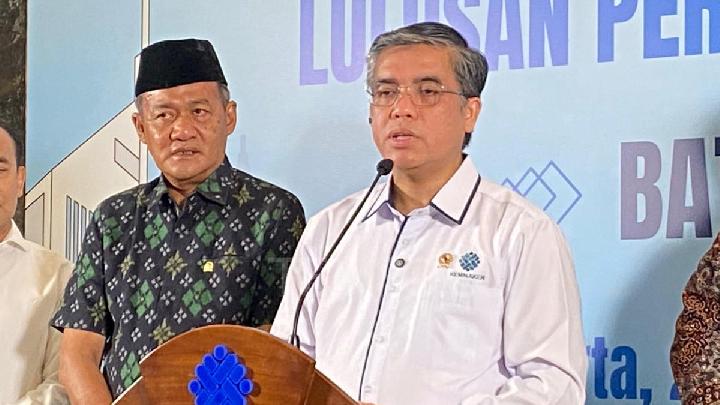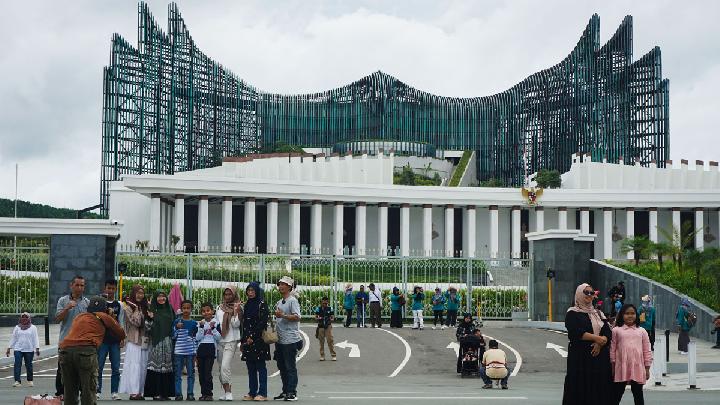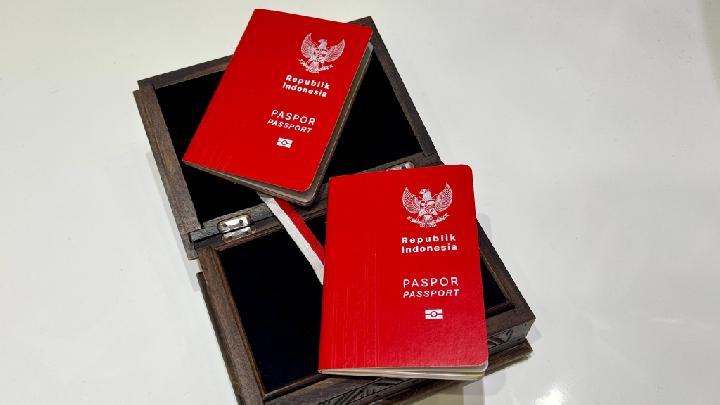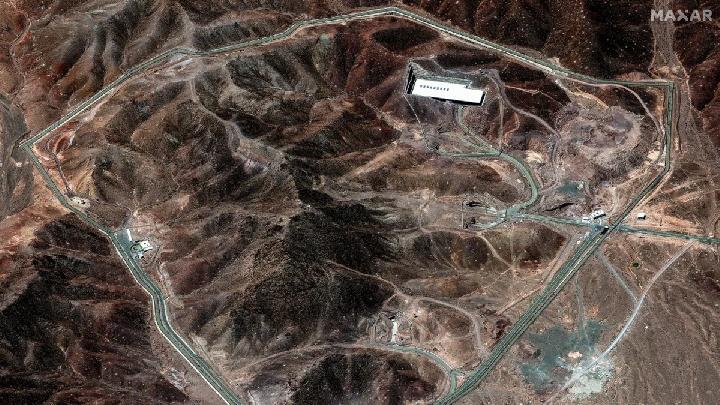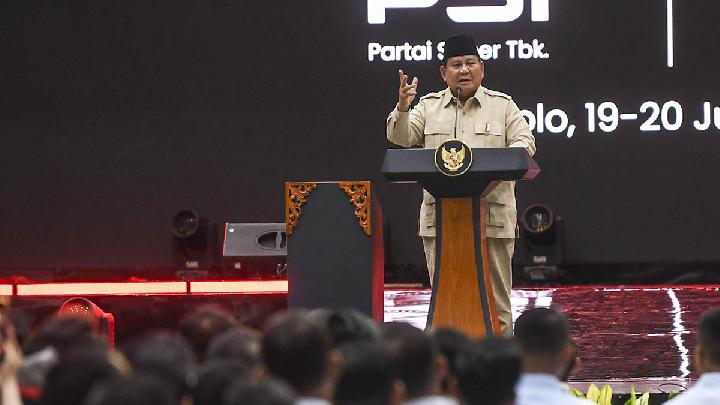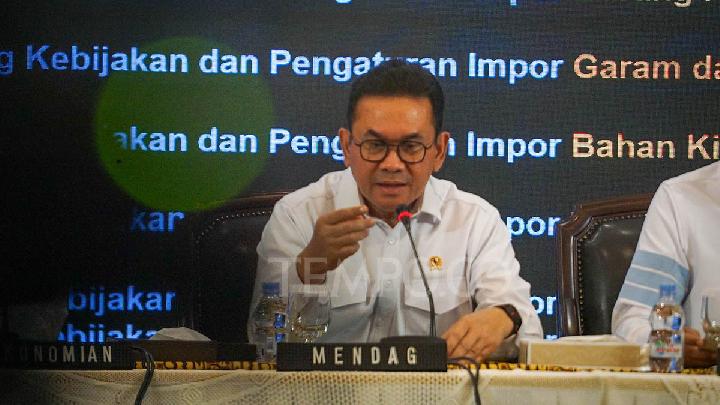The Aircraft Accident Investigation Bureau (AAIB) has released its initial report on the tragic Air India Flight 171 crash, which occurred shortly after takeoff from Ahmedabad Airport on June 12, 2025. The report presents a detailed minute-by-minute account of the final moments leading up to the disaster that claimed 241 lives, leaving only one survivor.
How Did the Plane's Final Moments Unfold?
As reported by Hindustan Times, on the day of the crash, the Boeing 787-8 Dreamliner, registered as VT-ANB, was cleared for takeoff from Runway 23 at 13:38 IST. The flight appeared to proceed normally through all standard pre-takeoff procedures:
- 13:13:00 IST - Aircraft requests pushback and startup.
- 13:13:13 IST - ATC approves pushback.
- 13:16:59 IST - ATC approves engine startup.
- 13:19:12 IST - When asked, the crew confirms they require the full length of Runway 23.
- 13:25:15 IST - Aircraft requests and receives taxi clearance.
- 13:32:03 IST - Flight control is transferred to the Tower.
- 13:33:45 IST - Aircraft is instructed to line up on Runway 23.
- 13:37:33 IST - Aircraft is cleared for takeoff.
- 13:37:37 IST - Aircraft initiates its takeoff roll.
- 13:38:33 IST - Aircraft reaches V1 speed (decision-making takeoff speed) and achieves 153 knots.
- 13:38:35 IST - Aircraft reaches Vr speed (rotation speed) 155 knots.
- 13:38:39 IST - Takeoff is confirmed as sensors switch from ground mode to air mode.
- 13:38:42 IST - Aircraft reaches 180 knots-the recorded maximum airspeed.
Everything appeared normal up to this point, with no anomalies reported in communication or the aircraft's behavior, as per the initial report. Then, suddenly, both engines started to fail.
- 13:38:43-44 IST - Fuel cutoff switches for both engines transition from 'RUN' to 'CUTOFF'-only a second apart. The engines immediately lose thrust.
- 13:39:05 IST - The pilot issues a distress call: "MAYDAY."
What Did the Investigation Reveal?
The investigation led by the Aircraft Accident Investigation Bureau (AAIB) with assistance from Boeing and experts from the US and UK has revealed several key findings. The aircraft, a Boeing 787-8 Dreamliner, was confirmed airworthy with valid certification and completed routine maintenance, and there were no hazardous items on board, Al Jazeera reported.
The investigation found no evidence of fuel contamination, weather issues, or bird strikes. The pilots were in good medical condition, experienced, and adequately rested. The throttle was found in an idle position, but data from the black box indicated active takeoff thrust, suggesting an intentional cutoff or a severe malfunction. The aircraft was within weight and balance limits.
An FAA warning known since 2018 cautioned about potential defects in the fuel control switch system involving the possibility of the disengagement of locking mechanisms. However, Air India did not conduct inspections in response, as compliance was not mandatory. The throttle control module had been replaced twice, in 2019 and 2023, but this was unrelated to the fuel cutoff switch, and there had been no reported malfunctions since 2023.
The simultaneous fuel cutoff on both engines remains unexplained, as the switches should not move to the 'CUTOFF' position under normal conditions without deliberate action or severe malfunction. The investigation has not attributed fault to the aircraft manufacturer Boeing or the engine manufacturer General Electric.
No direct signs of sabotage were found. The investigation is ongoing, with the final report expected within a year, while the preliminary report focuses on the sequence of events and key findings rather than definitive causes or recommendations.
What Did the Cockpit Voice Recordings Reveal?
The cockpit voice recordings captured tense conversations between the two pilots at this critical juncture. One pilot asked why the fuel supply was cut off, and the other pilot responded that they did not do it, indicating confusion and uncertainty in the cockpit. After the engine failures, the pilot issued a distress call, stating "MAYDAY" at 13:39:05.
What Did the CCTV Surveillance Footage Show?
The aircraft struggled to maintain altitude but was unable to clear the airport perimeter. CCTV footage confirmed the activation of the Ram Air Turbine (RAT), an emergency backup device that provides power when engines fail. Despite efforts to restart the engines, only one showed signs of partial recovery, while the other continued to lose power.
The aircraft entered a shallow descent with its nose pitched up, flying low with landing gear extended-an indication of an emergency maneuver-before disappearing from view and crashing into the BJ Medical College housing doctors and medical staff. The crash triggered multiple explosions and a large fireball, destroying the area.
India's Deadliest Aviation Tragedy
Boeing has provided further information to the AAIB, complying with international aviation protocols. This tragedy marks the deadliest aviation accident in India in decades and the first fatal accident involving the Boeing 787 Dreamliner since its introduction.
Air India stated that there were 242 individuals on the flight, including passengers and crew. Among them were 169 Indian nationals, 53 British nationals, seven Portuguese nationals, and one Canadian national.
Captain Sumeet Sabharwal, 56, served as the pilot-in-command (PIC) with extensive experience, totaling 15,638 flying hours. Of these, 8,596 hours were on the Boeing 787, with 8,260 hours as PIC.
First Officer Clive Kunder, 32, had accumulated a total of 3,403 flying hours. His experience included 1,128 hours on the B787, all as a co-pilot. Kunder held qualifications to act as pilot-in-command on C172 and PA-34 aircraft, and as a co-pilot on A320 and B787.
On the day of the crash, Kunder was the flying pilot of the Dreamliner, while Sabharwal took on the role of monitoring pilot. In this capacity, Sabharwal was responsible for assisting the flight by managing communication with air traffic control and overseeing system monitoring.
Editor's Choice: Air India Flight Crashed After Fuel Was Cut Off Mid-Flight, Probe Finds
Click here to get the latest news updates from Tempo on Google News









